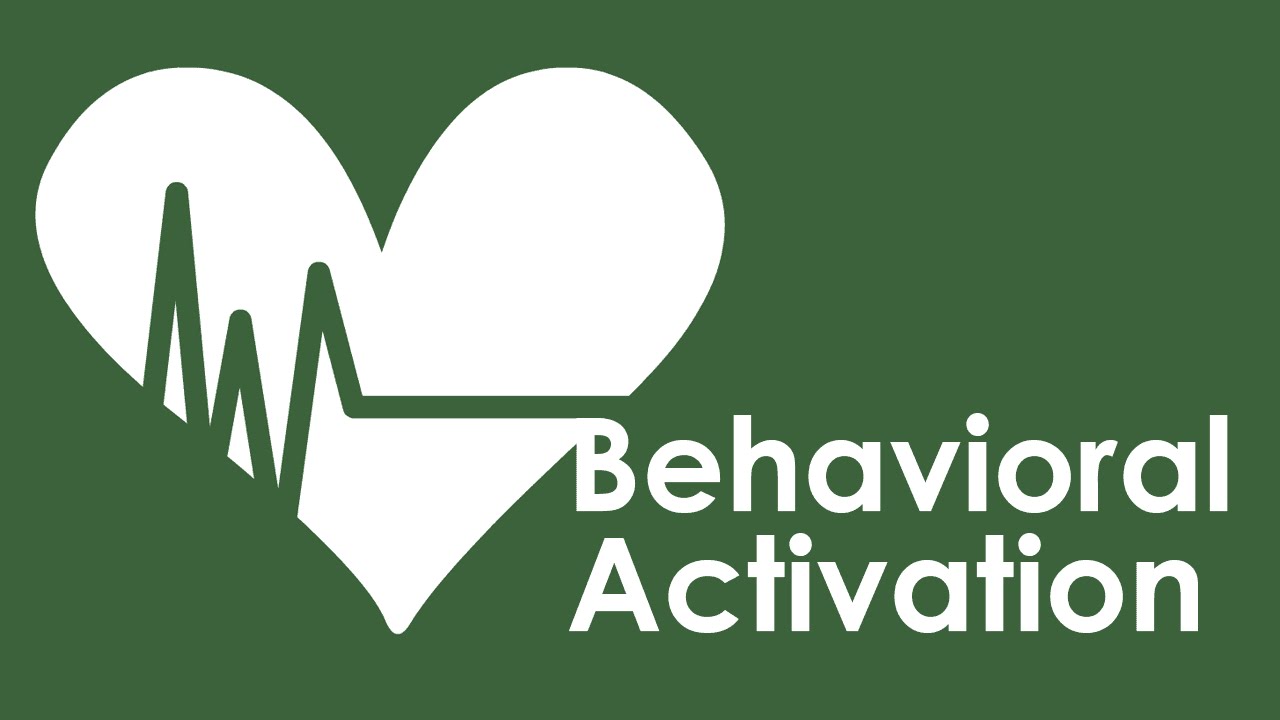Cognitive Behavioral Therapy is used in the treatment of depression. Behavioral Activation (BA) is a core component of CBT and is a lasting treatment for depression. According to the theory of CBT, depression is a learned behavior which can be ‘un-learned’. The set of behaviors of depression include withdrawal, rumination and avoidance. Accordingly, people suffering from depression can learn to live a rewarding life by incorporating new ways of living.

What Is Behavioral Activation?
People who are depressed usually tend to isolate themselves, which worsens their conditions. They also tend to neglect their diet and their sleep pattern gets disturbed as well. Hence special attention should be paid to these and get them back to a normal life. Behavioral Activation works on reducing these tendencies and involving them in all the activities they enjoyed before going in depression. Some of these activities could include:
1. Having dinner with family and friends
2. Improving relationships
3. Improving work related goals
4. Learning new activities & gaining new skills
5. Exercising & showering regularly
6. To complete all house-hold chores
7. Having and completing work related goals
A depressed person is asked to undergo activity monitoring in which the person lie down all the activities they have done and their mood changes for each activity. This helps in identifying activities which affect the mood and need to be worked on. It also requires additional strategies and new skills to complete tasks. During the process, the person is also taught to manage their moods which may become uncomfortable while performing the various activities. As improvements are seen, more challenging activities will be gradually introduced.
How Does Behavioral Activation Work?
Behavioral Activation has a few basic techniques which should be followed.
1. Monitor Activity
This involves listing daily activities in a dairy which gives insight at the relation between activities and emotions to both the participant and the therapist. This technique is an assessment or monitoring rather than intervention and even monitoring can be helpful in changing behavior.
2. Assess Goals and Values
By identifying the goals and values of the assignments, the participant can be well-motivated to finish the daily activities on the list.
3. Schedule Activity
In this technique, scheduling is expected to bring positive energy. For example, having activities spread out throughout the day so that they are done with consistency, rather than having erratic schedule in poor management.
4. Train Skills
Special skills are required to carry out daily activities by depressed people. Hence relaxation training, assertive communication and role playing are taught. These skills help in performing activities, especially when problems are encountered while doing them.
A Step-by-Step Guide of Behavioral Activation
Step 1
Brainstorm and come up with around 10 – 15 activities that you would be interested in pursuing.
Step 2
Start ranking the activities, difficulty wise.
Step 3
Start with the activity which seems the easiest and check on a scale of one to ten. One should be unable to complete and ten would be definitely completing. The activities you select should have at least a rank of seven or more. If you feel unable to do the simplest task given, break it down to smaller tasks.
Step 4
Draft a plan to make the behavior work in the coming week. All details of when, where, which day and what time should be noted
Step 5
Reflection: In this step, you reflect on how the plan went and what went wrong. You would mostly fail if the activity was not structured properly. Re-plan and break down activities further and think about ways to get around the barrier.
Step 6
If you find yourself successful, you should go ahead and add more activities in the list, but go slow to ensure you succeed again.
Step 7
Draft a plan to accommodate multiple activities.
